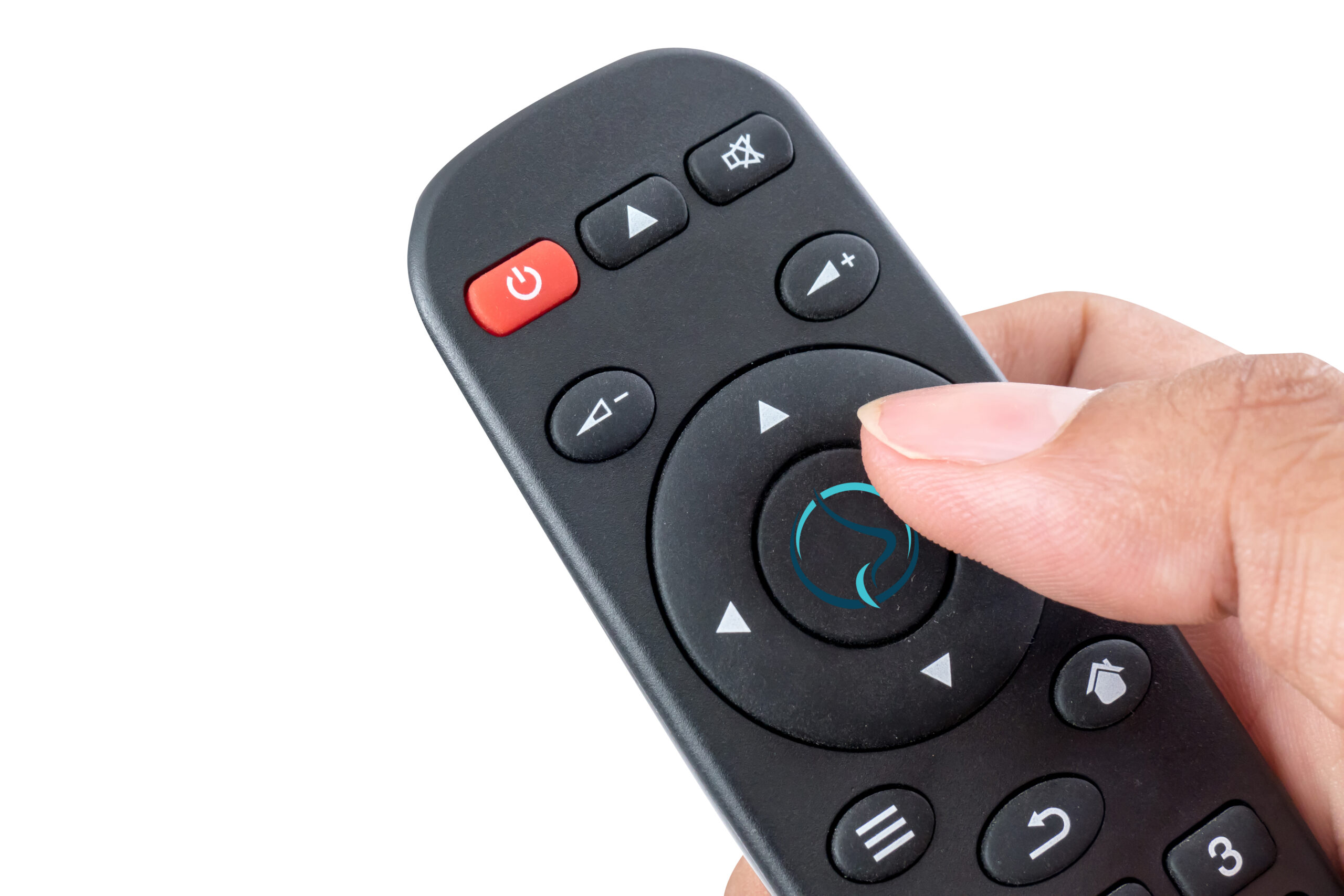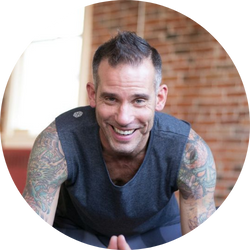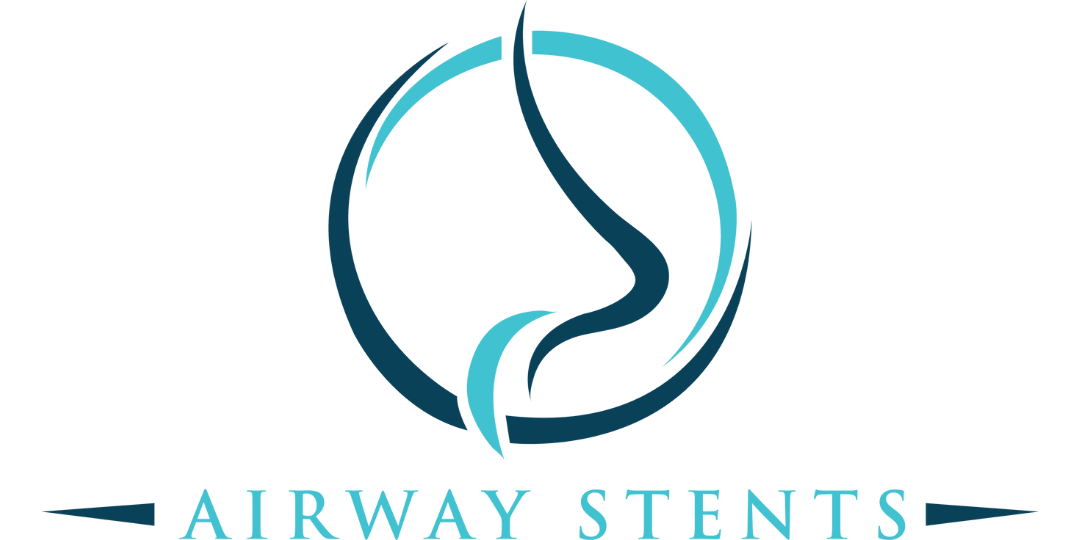Breath: The Remote Control of Your Nervous System and Brain

The breath is an incredibly powerful tool, and yet it never ceases to amaze me that so many of us (including myself for much of my life) have no idea the power that lies at the tip of our nose. I often think that because we have been breathing for literally our entire life, that it is hard to imagine that something that has been occurring unconsciously and repetitively MILLIONS of times, day in and day out, could possibly have such a powerful effect on both body and mind.
The day that we wake up to the fact that our breath is in fact a process that we can harness to begin to influence our nervous system and our brain, our entire life, the way we think, the way we interact and react to life, is the day that we begin to empower ourselves with choice. A choice to start to be free from habitual patterns that have controlled our lives and relationships, and a choice to start to navigate through our life in a very different way than we have in the past to create a very different future than what we have lived up until that point.
The question then becomes, what channel do we want to watch? Do you want to watch re runs of the same show we have watched over and over in our life, or do we want to create something entirely new? Interestingly, although many of us feel victimized or at the mercy of our patterns and reactions, sometimes the fear of becoming someone that operates in the world in a completely different way can feel scary. Stepping into the unknown is an act of bravery and courage that not all of us are ready to take, yet for the ones that are, life becomes an opportunity to learn and grow in every interaction.
As we start to bring more awareness to our breath and the reaction of our nervous system, we start to begin to notice patterns that emerge from what once seemed to be chaos and random reactions. Awareness is the first key to any change in our life and when it comes to utilizing the breath to shift our state, it is imperative that we bring more attention to both the patterns of our breath and the correlation to the way our nervous system responds.
For some, it is important to have a quick refresher on the different aspects of our nervous system. We can divide our “nervous system” into both the central and peripheral nervous systems. The central nervous system is what most of us think of when we think nervous system. It is comprised of the brain, the spinal cord and the nerves that come off the brain (cranial nerves) and the spine (spinal nerves). We can think about the central nervous system as the core of our nervous system, while the peripheral nervous system comprises everything else.
The peripheral nervous system also has different parts, the somatic nervous system that is involved in voluntary movement and the autonomic nervous system that is what many of us think of as the “fight or flight” nervous system. The autonomic nervous system has been (and still is to some) known as the involuntary nervous system. As people like Dr. Peter Levine and Dr. Stephen Porges, along with many others, have discovered – there is much more to this part of the nervous system than just simply “fight or flight.” We have many different and complex ways of responding to situations along with the aforementioned reponses. Sometimes, we freeze, fawn, flop, or faint as well – it all depends on previous conditioning we have learned as well as the capacity of our nervous system to handle stress (it is important to know that we can expand this over time).
The autonomic nervous system is involved in the processes of the body that operate unconsciously without needing our input, think things like heart beat and blood pressure, digestion of food, whether the blood in our body is concentrated in the abdomen for digestion or in the limbs for action, how much sugar is available in our blood to create energy, respiratory rate, respiratory volume and things like the size of our pupils and whether they are dilated or constricted. All of the things that we couldn’t possibly manage on a moment to moment basis because we simply wouldn’t be able to do anything else!!
The autonomic nervous system is comprised of both the sympathetic side which is commonly refer to as the “fight” side although it is required to be engaged even just for regular movement and activity as well as the parasympathetic side, commonly referred to as rest and digest although there is much more going on here, but for ease of understanding we can think about the sympathetic nervous system as the activation side and the parasympathetic nervous system as the resting, repairation and relaxation side. Ideally the parasympathetic nervous system is dominant and the sympathetic nervous system only activates when required for movement, alertness or threat. In most people in the modern world, this is actually reversed, where we actually spend much more time activated than in the resting part of our nervous system. This leads to many types of imbalances and disorders in the body.
It is important to note that there is another branch of the nervous system that is incredibly interesting and important that functions autonomously as well as a part of both the central and peripheral nervous systems. This is the enteric nervous system or our gut brain. For the purposes of this article we won’t dive into this fascinating system but it is well worth checking out on your own!
While the autonomic nervous system has been known as the “involuntary nervous system,” we now know that this is in fact false to some degree. Wim Hof was one of the people that helped scientists to understand that this nervous system can in fact be influenced voluntarily simply by using the power of our breath. Our vision is also another conscious window into this part of the nervous system, but for this post we will only discuss the breath.
I mentioned earlier that the autonomic nervous system automatically and unconsciously controls our respiratory rate and volume without our knowledge. The absolutely amazing (and incredibly empowering) thing about the breath is that we can also CONSCIOUSLY control and influence the rate and volume of our breathing.
The effect our breathing has on our nervous system is actually very simple, the more quickly we breathe and the more we breathe (increased volume), the more activated our nervous system becomes. This can gear us up for activity and will speed up our heart rate and increase chemicals like adrenaline in our system.
The more slowly and softly we breathe, the more relaxed we tend to feel. Our exhalations in particular help to relax the nervous system and shift the balance of activation and relaxation more frequently towards the relaxation side which is what most people need more of. A simple practice of extending our exhalations and consciously slowing them down (sometimes even through pursed lips) can be a very simple and effective way to calm the nervous system.
Breathing in for a four count and out for 8 is a common pattern many people use to relax. You can shorten this or lengthen it based on how it makes you feel. Some people who are new to these tools may need a shorter count to begin, while over time, you will be able to lengthen the count. Know that the more you lengthen the count, the more relaxed you will feel provided you don’t push too hard.
In this way, we can start to consciously “pick up the remote control” and turn down the level of activation in our body (or turn it up if desired). As we do this we support the health of our body by reducing the flood of stress chemicals and inflammation that result from constantly living in an activated state.
This also helps us to make more effective, empathetic and creative decisions, because as our nervous system becomes activated, the parts of the brain responsible for intelligent thought go offline and we descend into the more primitive and reactive parts of the brain. Instead of responding to life as it presents, we respond based on past experiences and are doomed to relive the past over and over.
As Jose L. Herrero, et al. showed in 2018, volitional control of the breath is the key to bringing the higher brain functions on line when we have fallen into our patterns of activation and reactivity. This means that if we want to show up as the best versions of ourselves in our lives and in our relationships, we had better develop a deeper relationship to our breath – as it truly is the remote control of both the body (nervous system) and mind!

About The Author:
Jeff Sorensen is the founder of breathARMY. His mission is to educate, inspire and empower people to live to their true potential. He offers tools to break through the structures that hold us back from living and expressing that potential in the world. Jeff has studied, mentored and trained with some of the world’s leading experts in breathwork and movement. Wim Hof, Brian Mackenzie, Patrick McKeown, Irene Lyon, Jhenneviev Heartt and David Shannahoff Khalsa are a few of the influences that have led to the creation of breathARMY, a unique offering of breathwork, movement modalities, meditation and exposure to nature and natural stressors that help us to reconnect to our true nature.
Jeff is certified in The Wim Hof Method(Advanced Instructor), Oxygen Advantage(Advanced Instructor), Buteyko Breathing, Nai’a Integrative Breathwork, has studied classical and advanced kundalini pranayama, is a registered 500 hr yoga teacher and a Smart Body Smart Mind Nervous System Apprentice.
Jeff is an international best selling author, paramedic and resides in Kelowna, BC. Jeff is currently the Head of Experience for Entheotech Bioscience and runs the facilitation and integration of EntheoMed Ketamine Suite in Kelowna, BC.
